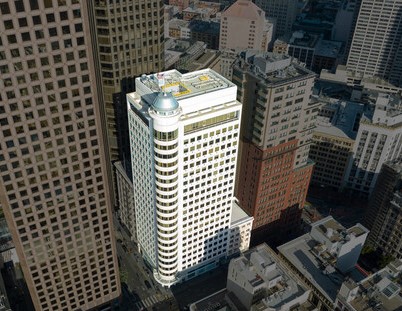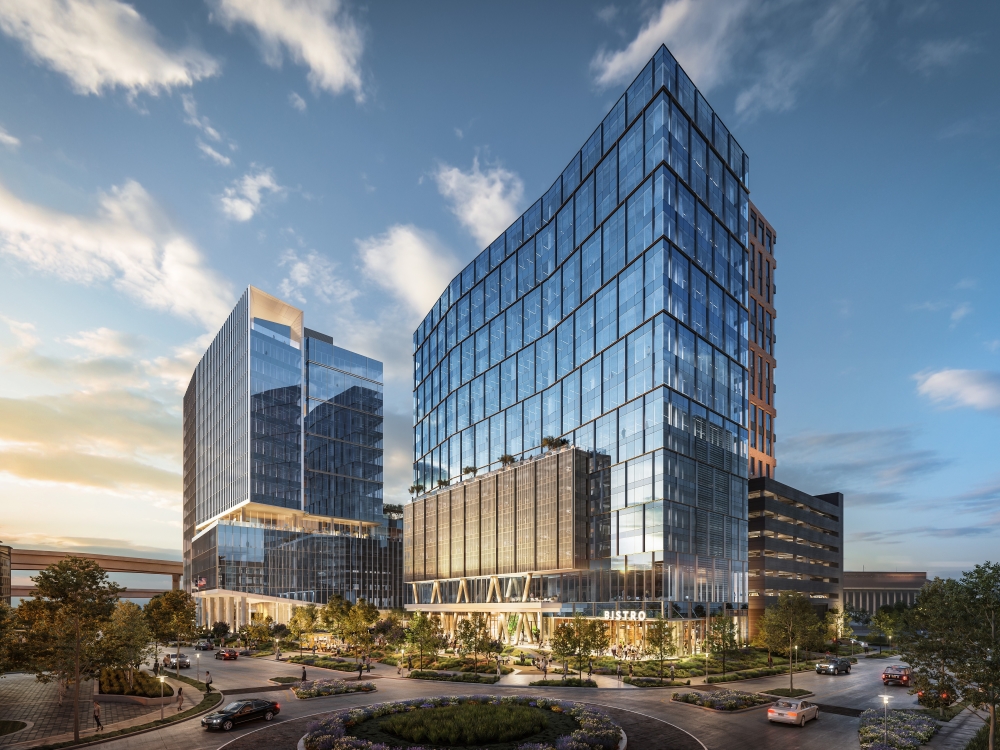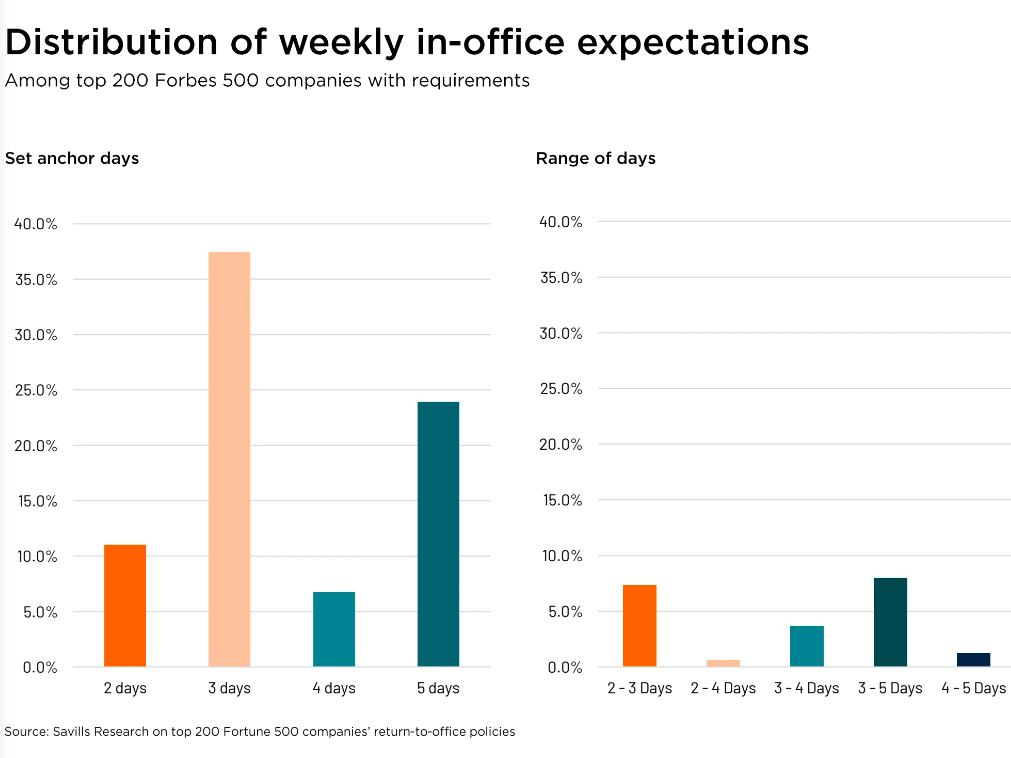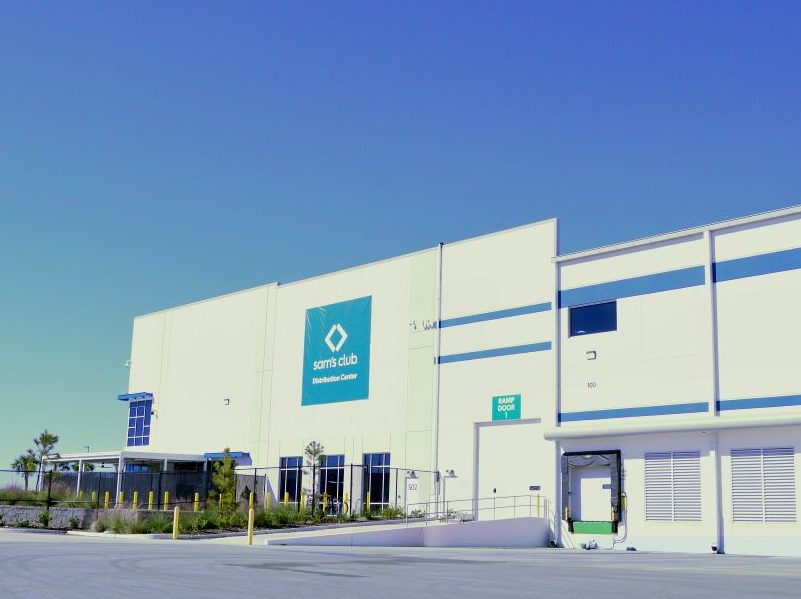Higher for Longer: Accepting Reality in CRE
Gantry's Thomas Grzebinski on why this could be the year that buyers and sellers come to terms.

Two years into a sharp spike in interest rates, we are finally starting to get some clarity on commercial real estate financing.
Up until 2022, borrowers were mostly concerned with “finding the lender with the lowest rate.” By the end of 2023, the sentiment was more “please find me a viable option” as banks retreated, rates peaked, and extensions met their limits. Now, we are seeing the beginning of yet another shift, as we move towards the second half of 2024: acceptance. “Can you find me a loan structure that can make it work?”
Since most economists recognize interest rates are not materially going to decrease over the next 12-24 months (the “higher for longer” reality), we should anticipate acceptance of this reality to motivate more sales transactions in the second half of this year into 2025. Justification is that sellers will acknowledge that the cap rates aren’t likely to decrease in the current rate climate, and buyers will be less fixated on biding their time for a quick interest rate drop to improve their debt service coverage ratio bandwidth. Since loans today are more DSCR reliant than loan-to-value or loan-to-cost constrained, this will require owners to decide hold or sell, opening the gates for transactions to be consummated.
Bank underwriting DSCR requirements will force property owners to either write a check to rightsize their loan or force a sale. If the decision to sell is activated, when it comes to market, buyers will most likely balk on a hopeful asking price. Since there is an abundance of liquidity that has been sitting on the sidelines waiting for the interest rates to drop or deals to materialize, expect that offers will be submitted but priced to the reality of higher rates and realistic DSCR pressuring values. This will force price discovery by necessity.
New development will also require additional equity in order to pencil. Underwriting generally doesn’t warrant a significant rent increase; however, expenses (specifically taxes and insurance) are increasing at higher rates than over the past 15 years. Combined with higher interest rates and higher material costs, this all results in ground-up construction deals requiring more equity than the historical 15-20 percent. Based on 1.25x debt service coverage, most loans are coming in at around 65-70 percent LTV/LTC.
Alternatives for borrowers
Unlike previous tough market cycles, liquidity currently remains accessible. The retreat of banks as primary lending sources will continue to handicap borrowers. Where banks are still active, they are pricing higher with recourse and expanded requirements, specifically in the form of requiring deposit relationships. However, the market has responded with options. Life companies continue to fund at spreads lower than banks with non-recourse programs. Their DSCR requirements are at 1.35x, whereas most banks are currently in the 1.2-1.25x range, with recourse and covenants. Wall Street (CMBS), while pricing a little higher and requiring more effort to underwrite, is achieving higher LTV. Debt funds are offering a range of bridge options for projects in transition. While more expensive with SOFR as a starting point, most agree that we have seen a rate peak and so, if these loans pencil at current levels, future rate decreases will only result in upside.
For borrower’s not willing to increase their equity commitment, there are also options to push up the capital stack, including mezzanine financing, JV structures, CPACE programs, tax credits, and participation loans as considerations. One recent transaction I worked on is a ground up industrial project whereby the affiliated operating company will operate within the building. Gantry was able to assist with identifying USDA financing and CPACE financing. In addition, we worked with the borrower and their attorney to identify job creation grants, energy efficiency grants, and a local IDA tax abatement. All these elements put the developer in a position to function from a traditional equity deployment.
So, while pressure exists, so do options. Creativity in commercial real estate financing is pulling together the pieces to make a complete puzzle. With more than 20 years of commercial mortgage banking experience, I can say that the current environment is just part of the ebbs and flows of commercial real estate investing. It’s not the best rate environment, however it surely isn’t the worst I have seen. At least there is a path forward for lenders, borrowers, buyers and sellers. Everyone simply needs to learn how to be flexible, realistic, and creative in the current environment.
Thomas Grzebinski is senior director, Gantry.







You must be logged in to post a comment.